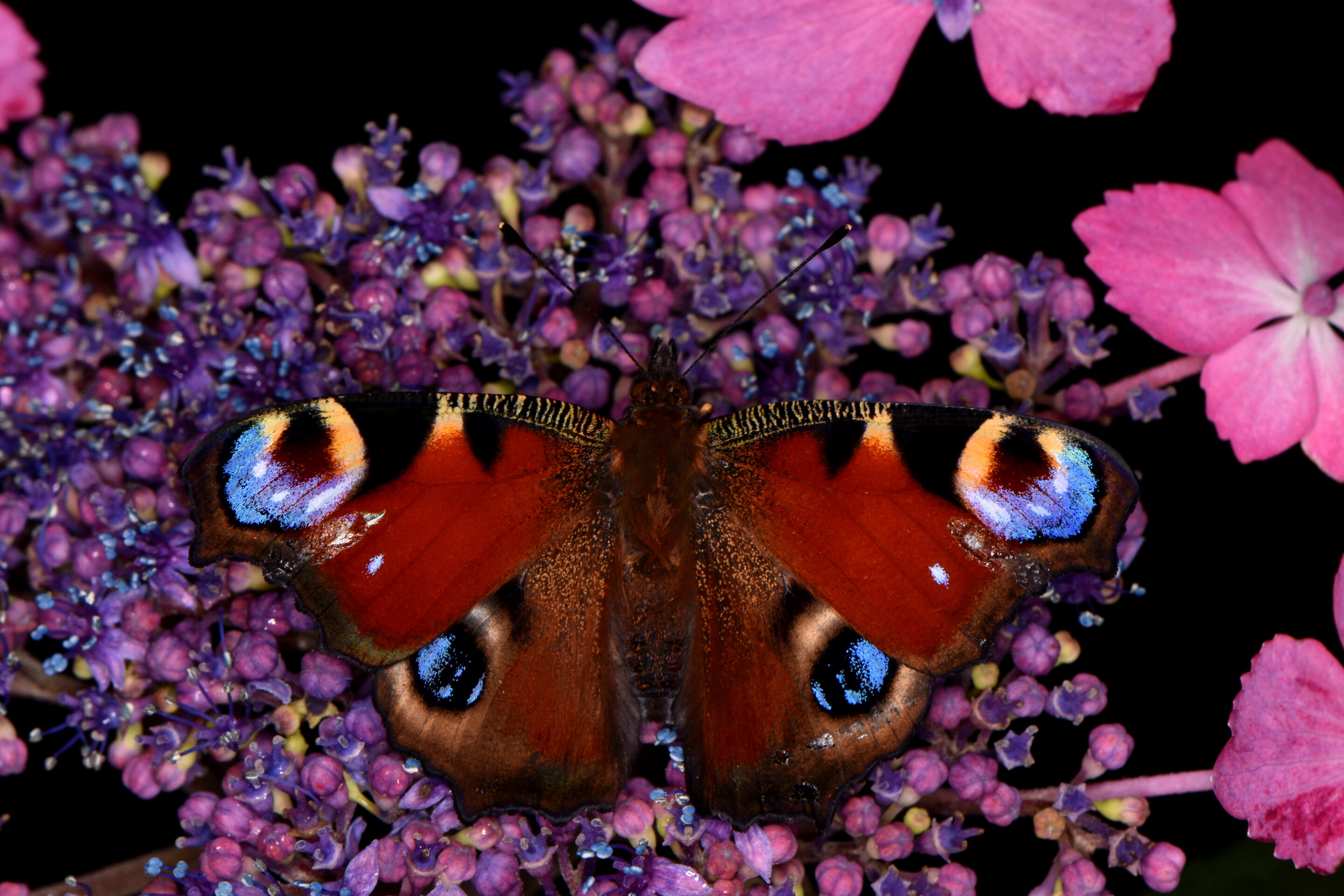The Intriguing Role of Static Electricity in Butterfly Pollination

Butterflies and Static Electricity
Recent research has uncovered that butterflies and moths can collect substantial amounts of static electricity while in flight. This charge allows them to attract pollen grains without direct contact.
The Mechanism of Attraction
- The ability to accumulate electric charge plays a crucial role in pollination.
- Pollen grains can be pulled across air gaps of several millimeters to centimeters due to this static charge.
Implications for Ecosystems
This adaptation not only aids in feeding but is also vital for reproductive success, affecting the broader ecosystem and the relationships between species.
Conclusion
The findings about butterflies and their use of static electricity for pollen attraction reveal the intricate ways in which nature operates. Understanding these mechanisms helps us appreciate the complexity of *pollination* and the biological strategies employed by *lepidoptera*.
This article was prepared using information from open sources in accordance with the principles of Ethical Policy. The editorial team is not responsible for absolute accuracy, as it relies on data from the sources referenced.